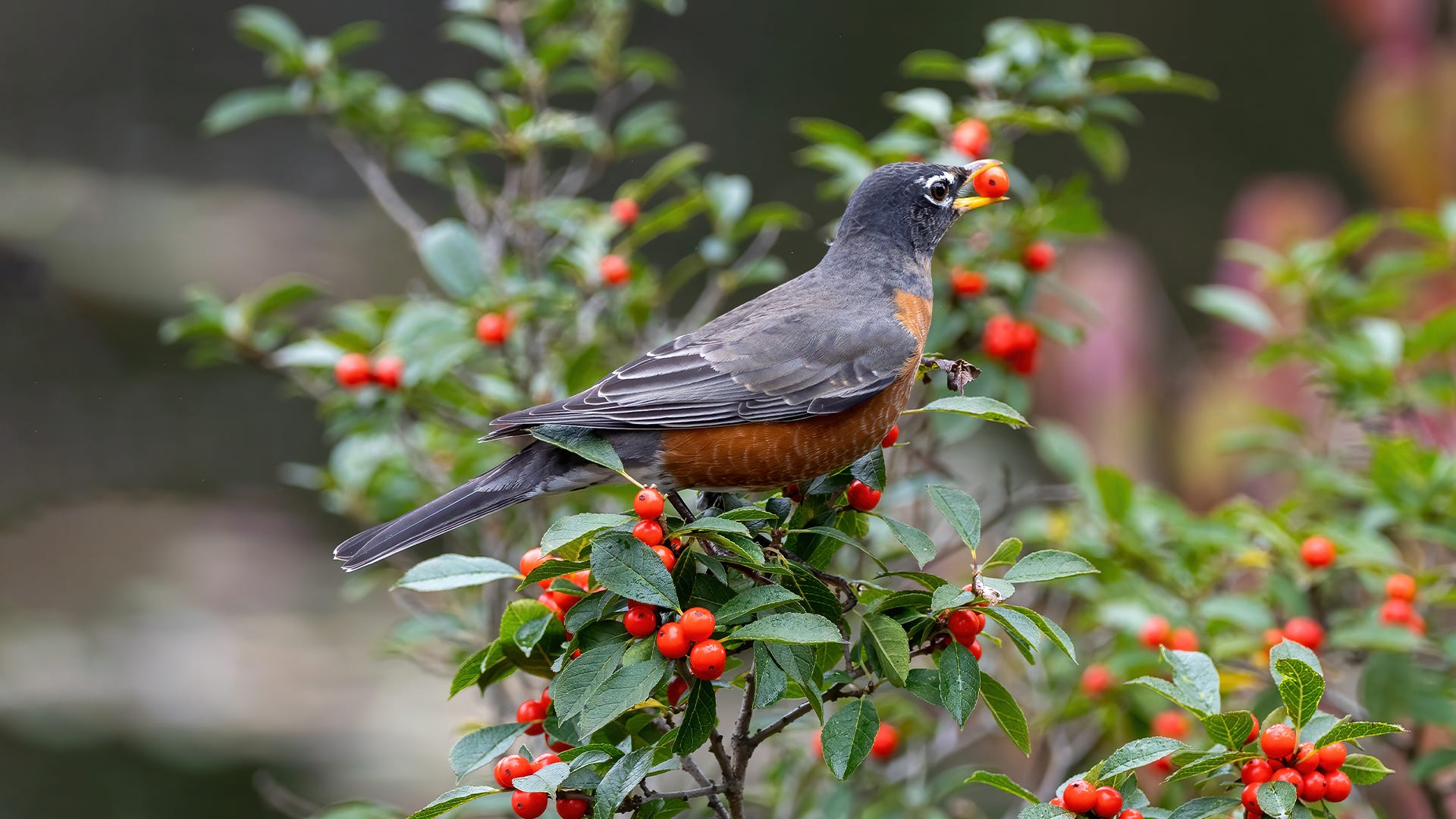
Unlike many backyard birds that regularly visit bird baths for necessary sips of cool, fresh water, hummingbirds do not typically drink from backyard water sources. They do, however, still need some access to clean water. It is easy to attract hummingbirds with water or baths that meet their specialized needs.
Hummingbirds and Water
Hummingbirds meet their dietary fluid needs from the nectar they drink, whether it is from flowers or supplemental feeders. These tiny birds still need other water available for bathing and preening, however. Their bills and plumage can get coated with sticky pollen and stray drips of nectar. Water is also essential to stay clean and keep their feathers in top shape for efficient flight. A quick bath can also help hummingbirds keep cool on hot summer days.

Providing Water for Hummingbirds
A typical bird bath is far too deep for hummingbirds to safely use. Instead, these birds seek out more creative and unusual water sources that provide the proper moisture for their unique needs. There are several options backyard birders can use to supply hummingbirds with appropriate fresh water, including…
- Misters: The light spray of a mister is ideal for hummingbirds to hover in or fly through to wet their plumage. Directing a mister to spray on a broad leaf will also wet the leaf’s surface, and hummingbirds may rub against the wet leaf just like larger birds would splash in a deeper bath.
- Drippers: A dripper splashing on a rock or broad leaf will create a damp surface for hummingbirds to bathe. If the drips are small enough, a hummingbird may even stand right under the dripper for an impromptu shower.
- Fountains: Weeping-style fountains where a thin sheet of water moves over a rough surface, such as a piece of rough pottery, a weeping rock, or the edge of a concrete basin are ideal for hummingbirds. The water is shallow enough to not be dangerous for visiting hummers.
- Sprinklers: Bold hummingbirds may take advantage of landscape sprinklers and fly through aerial sprays for in-motion baths. Setting sprinklers to arc above the lawn or using finer spray or mist settings can also make this water source more suitable for hummingbirds.
Regardless of what water source you provide for hummingbirds, it is helpful to have multiple perches nearby for
wet birds to rest and preen. Leave several nearby branches unpruned, or hang hummingbird swings to give these
birds a convenient spot to recover after each bath.

Keeping Water Sources Safe
A classic bird bath should be regularly cleaned and sanitized to keep visiting birds safe from disease or parasite contamination. Likewise, water sources for hummingbirds also need proper maintenance to stay safe for these tiny visitors. All nozzles should be checked regularly to ensure they are flowing properly and directed as needed. The overall depth of any standing water, such as in a fountain, should also be checked. If it is too deep, adding pebbles or river rocks to break the surface can provide a better depth for hummingbirds.
Water sources should also be safe from predators. A bathing hummingbird may not be as alert to danger, and will be vulnerable if attacked. Installing predator guards or positioning water sources in open areas where bathing birds will have a clear, unobstructed field of view can help keep the birds alert to marauders.
No matter what water you offer to hummingbirds, it should be cleaned and sterilized just as you would care for any classic bird bath. This will prevent any contamination from feces, dirt, or other debris that gets into the water. It will also minimize algae growth or insect infestations that could interrupt the water flow or become dangerous to hummingbirds. Ideally, clean water sources each week during the hottest part of summer when birds will be using them most frequently.

Water for Other Wildlife
Hummingbirds aren’t the only visitors that will be attracted to misters, drippers, fountains, or other creative water sources. Butterflies, bees, and moths may also visit the same water features. Similarly, the noise of drips and splashes can attract a wide range of birds. Other backyard wildlife, such as chipmunks, squirrels, frogs, and other guests may also take advantage of convenient water sources, adding to the diversity of guests in the yard and nurturing an entire ecosystem of thirsty visitors.







